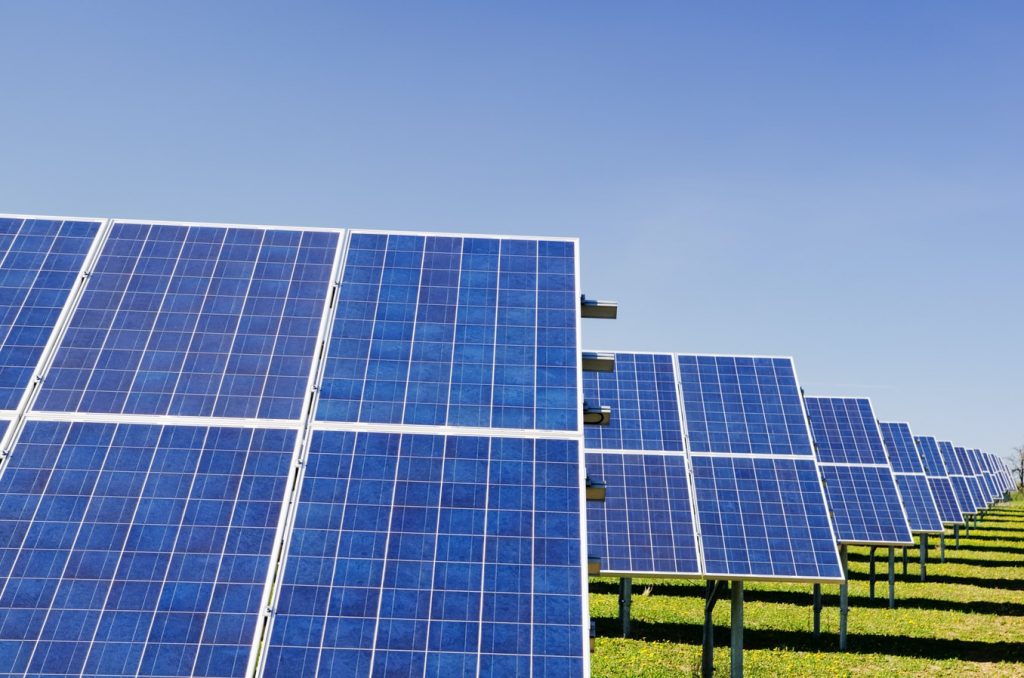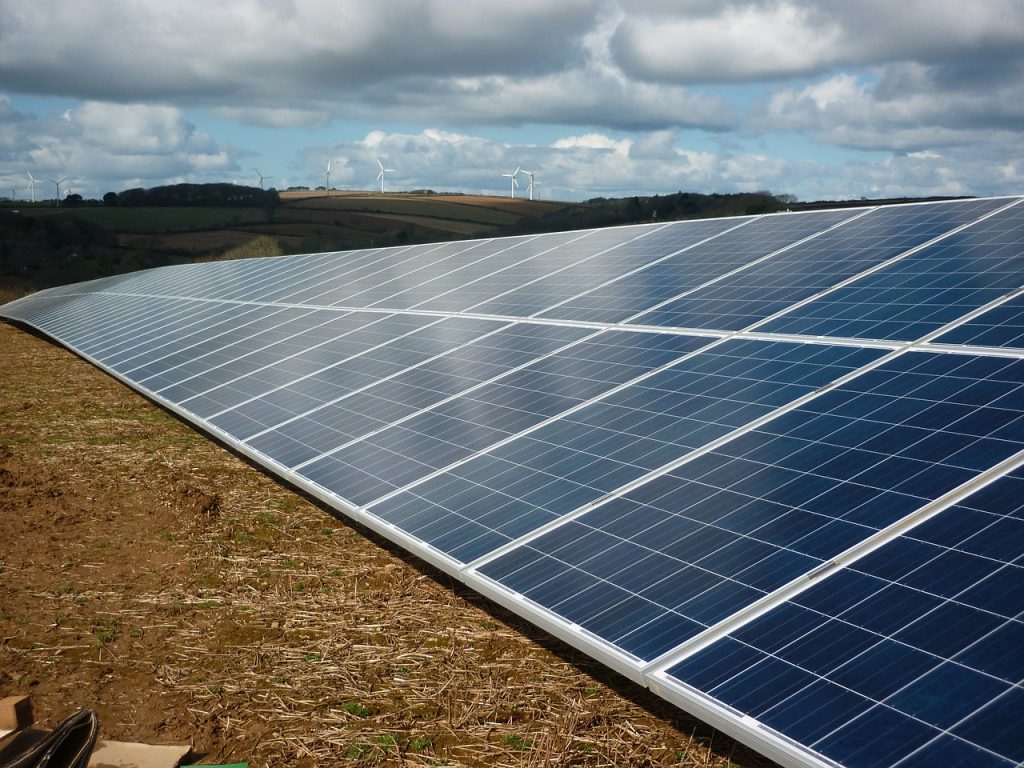Golf is a costly sport, with some pieces of equipment costing thousands of dollars. It’s a lifestyle reserved for the wealthy, and some are beginning to realise just how selfish and greedy these huge golf-club complexes are, particularly in terms of the environmental burden they impose. As a result, an increasing number of golf courses are being converted into solar farms.
Golf courses, despite being unquestionably green environments, have measurable environmental consequences. First, a golf course needs to be pumped with about 2 billion gallons of water per day to keep it as green as possible. That water could be better used if transferred to cities like Flint, Michigan, which is presently experiencing a water crisis.

Secondly, golf courses are treated with various powerful chemicals to keep insects from affecting the green’s quality. This poses a threat to native fauna and could disrupt the natural environment. They are also barren, which means that species such as deer, who may have created a home in such area, are ultimately forced out. The obvious answer to these quantifiable environmental inadequacies has been to convert them into solar farms.
In 2019, a driving range on Long Island, New York, was transformed into a solar farm. The 27-acre former golf course was a landfill until being transformed in the 1980s. It has now developed to become one of the area’s cleanest energy sources. Adrienne Esposito, executive director of the organisation Citizens Campaign for the Environment, had been campaigning with his team for a long time to transform the land.
“This solar farm is what hope and optimism look like for our future. Over the next 20 years, we know that the sun will shine, the power will be produced, and we will have clean power. We don’t know, and we may not want to know, the cost of fossil fuels,” said Esposito.

The move not only ensured power for approximately 1,000 Long Island homes but it will also eliminate some of the pesticides and pollutants in the region – toxins that the golf course utilised for maintenance. In addition, the move is expected to produce $800,000 in revenue for local governments.
Due to recent advancements in solar panel technology, this type of project is now doable. Solar panels appear to have become extraordinarily inexpensive almost overnight, and it’s not just the panels themselves – a variety of solar farm components are becoming cheaper, allowing solar energy to compete even as the fossil fuel industry remains heavily supported.
Bryan Garner, a NextEra spokesman, commented on New York as a whole, referring to this project as a step toward the state’s “ambitious renewable energy goals.”

This is not only happening in New York. Other states have made comparable progress. The Rockwood Golf Course in Independence, Missouri, has just been transformed into a solar farm. In Cape Cod, Massachusetts, a golf course intended initially for apartment housing is currently being converted into a solar farm.
Turning golf courses into renewable solar energy sources is a growing trend in other nations. For instance, Japan is launching a statewide strategy to convert its golf courses into solar farms.
This is a creative and inspiring idea, especially in light of the current global effects of climate change. It was spurred by an increase in public and policymaker awareness. As responsible inhabitants of this planet, we must reorganize our priorities as the globe continues to bleed from the devastation of the pandemic.


